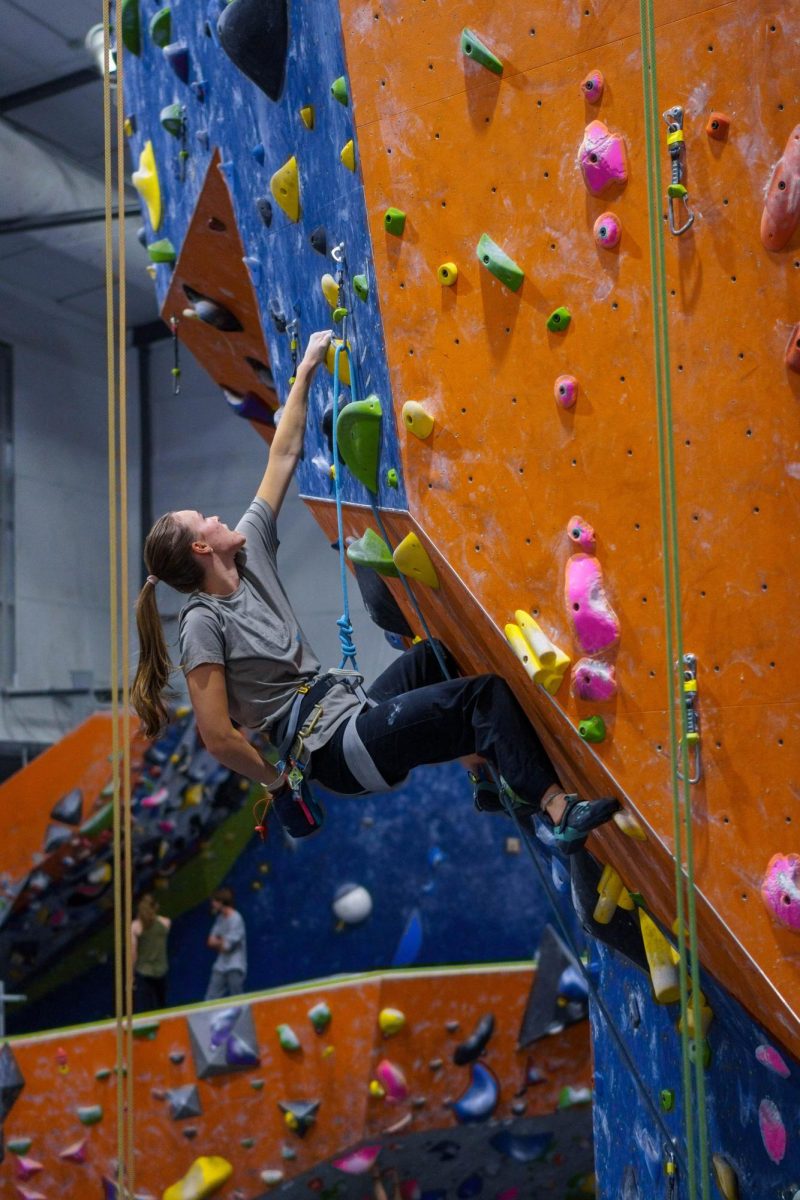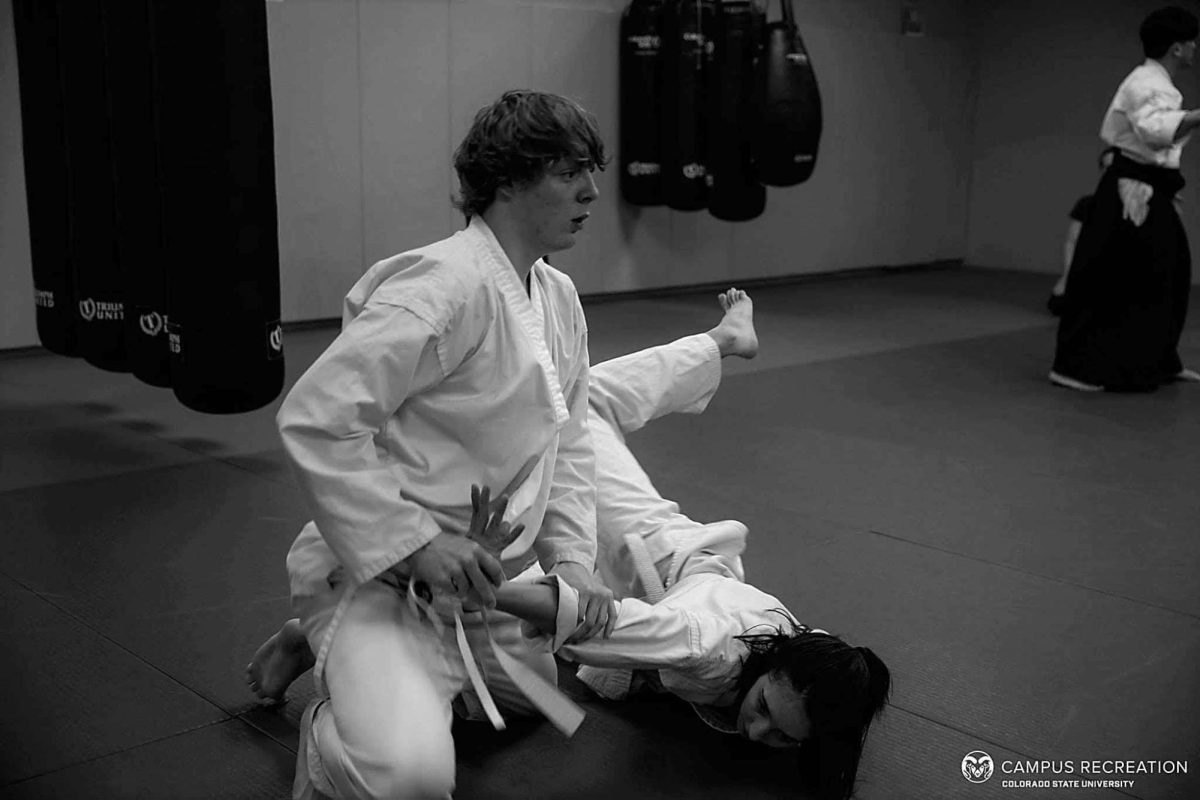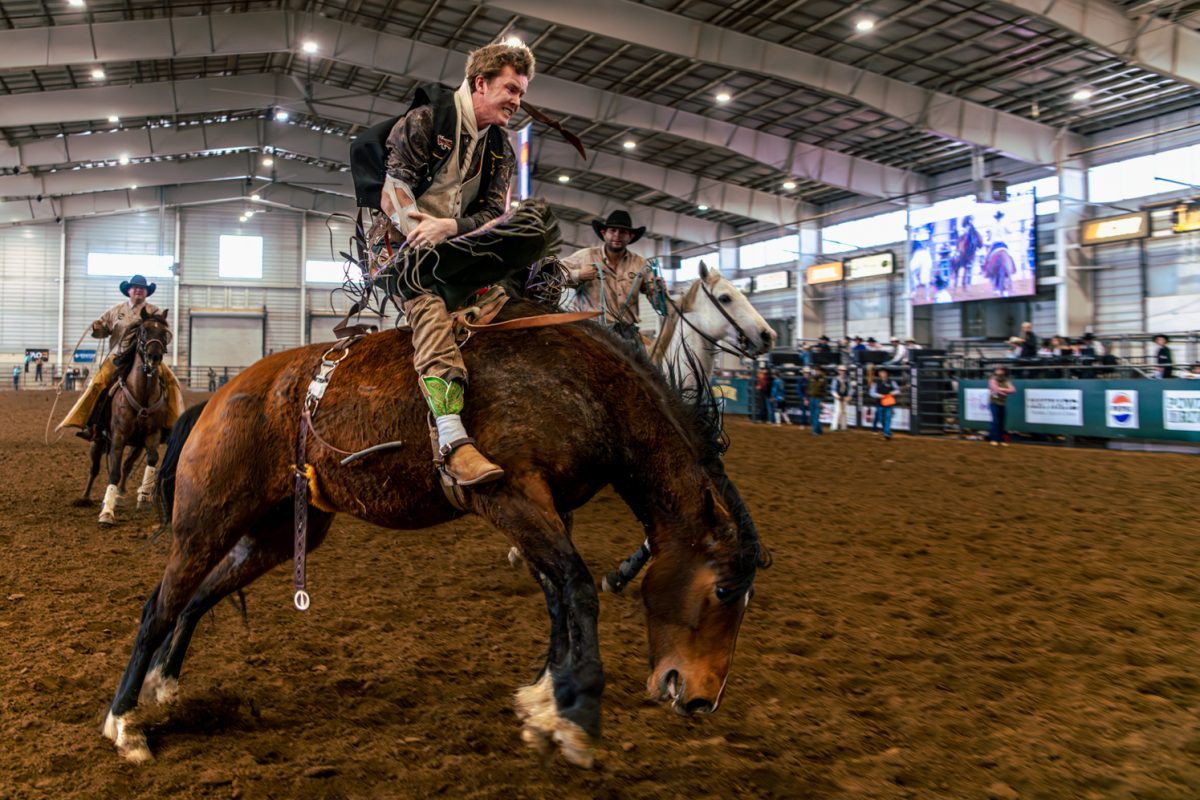According to the Cleveland Clinic, 3-6% of the global population has a fear of heights — or acrophobia. That’s hundreds of millions of people, making it one of the most common fears.
Despite this fear of heights, many people continue to participate in activities that initiate that fear, especially here in Colorado, where there is a huge climbing culture. If you’ve seen “Free Solo,” a movie about Alex Honnold’s free solo climb of El Capitan, you know that some climbers don’t even think about that fear.
Honnold isn’t the only one in the climbing community who doesn’t have a fear of heights; most people get over their fear of heights because of their time spent climbing.
Chloe Miller, the social media officer and one of the student coaches for Colorado State’s climbing team, is one of those who’s grown out of her fear of heights.
“Not to say that I’m not scared when I climb ever, but I think it’s all kind of relative.” Miller said. “If I’m up there (on the wall) and I’m doing a scary move, then I get scared. But if I feel secure and I look down, then I’m OK.”
Miller is a junior on the team and has been climbing since she was around 4 years old, which compared to others on the team is a substantially long time. This is a trend for climbers who have overcome their fear of heights.
Zella Benson, a fellow junior on the team, has been climbing since she was 8 years old and has also minimized her fear of heights.
“I used to have a big fear of heights as a boulderer,” Benson said. “Over time that’s gone away; however, lead climbing is absolutely terrifying, and I’m still working through that fear.”
While Benson and Miller may have a less severe fear of heights, they have a lot of respect for the terrain they climb and the dangers the sport inherently poses.
If you look up “climbing accidents Colorado 2023,” thousands of results pop up, with many linking to falls in Black Canyon of the Gunnison National Park, Summit County and Rocky Mountain National Park.
Due to these dangers, the climbing industry has placed industry standard regulations on all climbing and safety gear to ensure the safety of those who choose to climb.
“Being able to trust my equipment was a big part for me,” sophomore Cameron Lindeman said. “Learning that I can trust what I’m using and that it’s been approved for the loads that I’ll be putting on it made it a lot easier for me to push myself.”
Translating that fear into fun is what entices so many people to start climbing and chase that adrenaline rush.
“I’ve always described it as secondhand fun,” Lindeman said. “While you’re doing it, it’s terrifying, but once you hit the ground, you’re like, ‘That was the most fun experience, and I want to do it a thousand more times.’”
Even if you have a fear of heights, it never hurts to get out and try it. The gear used is always checked before going out on the wall, and all belayers have to go through a certification process before being able to assist other climbers.
“I say just go for it,” Lindeman said. “I’ve always said if you’re not confident in doing something, do it scared, and you’ll come to learn that climbing is super fun.”
While it may be impossible to fully get over some fears, it’s always best to get comfortable being uncomfortable.
If you’re ever out on a hike or exploring the vast wilderness Colorado has to offer and see someone sending it up a rock face, just know they’re probably just as scared as you think they are.
Reach Emma Askren at sports@collegian.com or on Twitter @emma_askren.









